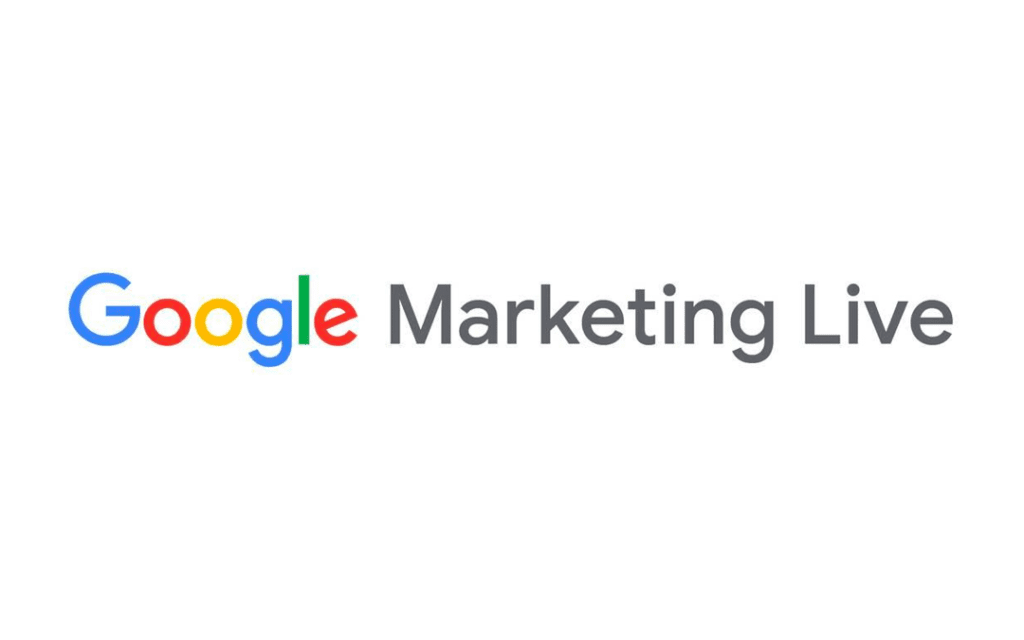The recent Google Marketing Live conference focused on giving digital marketers and advertisers new ways to reach audiences through mobile and search advertising:
- Discovery ads – reaches your audience as they scroll through Google news feeds, YouTube, Gmail Promotions, and Social Tabs
- Gallery ads – to be released later in 2019, provides advertisers with opportunities to feature up to eight images and multiple headlines.
- Showcase Shopping ads – incorporate images into shopping ads.
- Google Shopping personalized and interactive homepage – provides customers with filtering and customized search based on features and brands.
- App deep linking from Search, Display and Shopping ads – links the ads directly to conversion. Local campaigns – Google Ads specifically designed to drive foot traffic to local businesses through Search and Google Maps.
I, of course, am thinking about what isn’t being discussed, but probably on the minds of many of our clients:
- How do we determine the best performing tactics?
- How do we know which combination of these new tactics works more effectively than other combinations?
- How do these new tactics compare with what we’re already doing in email, search and display?
I think the choice of more marketing channels and tactics is both powerful and daunting. However, it’s just flat out harder to know the “right” combination of marketing tactics to invest in to get the best results. If I think about the multiple variations and combinations that are possible, it starts to make my head hurt.
Harking back to my engineering training (yes, I’ve got the degrees to prove it! 😉 ) I like to break down a big challenge into more manageable pieces and solve them.
In this case, my approach is to define the big challenge. I think that challenge is figuring out how to plan and deploy the right combination of marketing tactics to get the biggest return on investment.
To solve this, my first priority is to get a sense of where my marketing effectiveness stands. Because I’m working with Google Cloud Platform and Google Marketing Platform, I’m going to use Data Driven Attribution. This will give me a good overview of how my channels are contributing to conversion. I have to say that I really like what Google has done with this tool. I’ve seen companies spend hundreds of thousands of dollars on really sophisticated models and platforms that don’t provide anywhere near the value. I’m not saying that Data Driven Attribution capabilities are the be-all/end-all solution to all of today’s attribution challenges, but the idea here is that you want your organization to gradually move up the attribution maturity curve. Move away from last touch and later into advanced attribution modeling.
Using attribution models and deciding if you want to use last-touch, or last-non-direct click, or time decay helps you set your baseline for expectations on how you want your channels to work together. For example, email may be your planned initial contract with a prospect, with the expectation that they will convert from either Search or Google Ad.
After I use attribution tools to assess what’s going on at the channel level, I’m going to want to understand how to improve campaigns in Google Ads, email, YouTube and Display and Video 360, plus campaigns that are running through other ad networks. There are 2 Google platforms I would leverage.
The first is Ads Data Hub.
Ads Data Hub (ADH) ties together customer data through anonymized and GDPR compliant Google IDs. Google Ads Data Hub is built on infrastructure from Google Cloud and Google BigQuery. First, Google will put your ad campaign data into BigQuery, such as mobile device IDs, cookies and anonymized Google sign-ins. You can add to this data set with non-Google data, such as your CRM data from SalesForce Marketing Cloud.
The result: Once the data is in BigQuery, not only can you run analysis on specific campaign tactic performance, you can also create behavioral segments that can be tested and optimized.
This brings me to the next platform to inform your ROI strategy: Google Optimize 360.
Optimize 360 is a testing tool that is natively integrated with Analytics 360. You can run A/B, multivariate, and redirect tests on your website and ads to learn what content drives the most click-throughs and conversions. To get a great background on how to use Optimize for real-time site personalization, I suggest you read Patrick Soch’s recent post on personalization with Optimize. It’s a great deep dive.
Used together, Optimize 360, BigQuery, ADH and Analytics 360 will inform campaigns that are targeted based on known attributes and the performance of your target segments.
This all leads quite naturally to moving forward with your content personalization strategy:
- Use A/B and multivariate testing to analyze your baseline visitor segments.
- Assess engagement based on the customer experience metrics and targets.
- Create increasingly finite micro-segments based on customer behavior.
- Analyze the results, re-test and keep refining.
So, I know I haven’t really addressed the advertising announcements from Google Marketing Live, but I will now. After you’ve done all of the strategy, analysis, data governance that I’ve been discussing, you’ll be in a position to really reap the rewards of Discovery, Gallery, Showcase, Google Shopping, and Local campaigns. You’ll be able to use these powerful advertising tools as highly targeted tactics that you’ll be able to evaluate clearly. It’s through this intelligent leveraging of the Google Cloud and Google Marketing Platform that you’ll truly be able to increase conversions and revenue.
Want to kick these ideas around a bit? Get in touch with me at feras@e-nor.com.
Author

Chief Technology Officer Feras Alhlou previously co-founded E-Nor in 2003 and served as President until its acquisition by Cardinal Path in 2019. Feras is passionate about his work with some of the world’s most recognized brands and public sector organizations to deliver data-driven marketing value. A recognized thought leader on the Google Marketing tech stack, he has traveled the globe educating businesses, practitioners, and consultants, and he’s also co-author of Google Analytics Breakthrough: From Zero to Business Impact. Feras received a Masters of Engineering Management degree from the University of South Florida and a Bachelor of Science degree in Electrical Engineering from the University of Tulsa. He is a Certified Web Analyst, Board Member for Red Cross Northern California, and a 3rd-degree black belt in Aikido.
View all posts


















